#aegithalos
Text
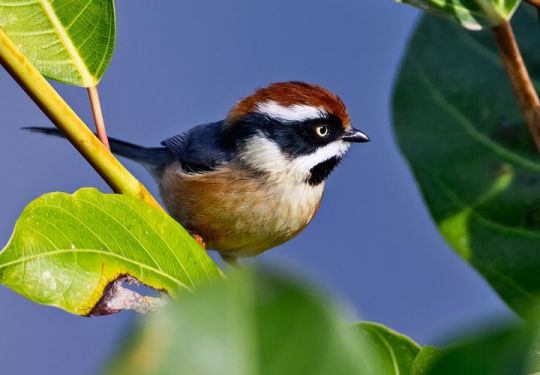
Black-throated Bushtit (Aegithalos concinnus), family Aegithalidae, order Passeriformes, Charkhole, Kalimpong Hills, India
photograph by Niemand Leben
491 notes
·
View notes
Text

Long-Tailed Tit for Birbruary, which is in support of Songbird Survival.
Reference photo by Mike Lane.
Happy Arospec Awareness week! We deserve the cutest birds :)
#birbruary#long tailed tit#aegithalos caudatus#aegithalos#aegithalidae#passeriformes#birb#bird#birds#bird art#cute birds#aromantic#art#digital art#artists on tumblr#tw eyestrain#cw eyestrain#wauk wauk#asaw art
302 notes
·
View notes
Text
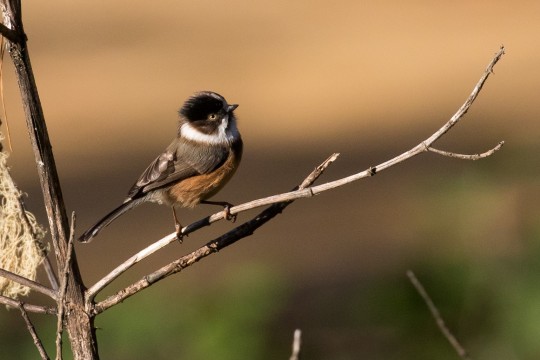
[1945/10977] Burmese bushtit - Aegithalos sharpei
(sometimes considered to be a subspecies of the black-browed tit)
Order: Passeriformes
Suborder: Passeri
Superfamily: Sylvioidea
Family: Aegithalidae (bushtits)
Photo credit: Doug Gochfeld via Macaulay Library
#birds#Burmese bushtit#Passeriformes#Passeri#Sylvioidea#Aegithalidae#Aegithalos#birds a to z#undescribed
84 notes
·
View notes
Text
Long-tailed tit (Aegithalos caudatus) photos I took on Sunday 08/10/2023, Wintersett, West Yorkshire, UK



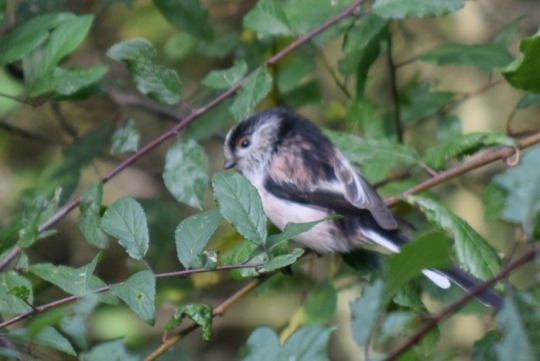
#nature#nature photography#animal#animals#wildlife#animal photography#wildlife photography#british nature#wild#wild animals#long tailed tit#aegithalos#aegithalidae#bushtit#passeriformes#passerine#passerines#bird watching#birding#birds#bird photography#birdwatching#birdblr#bird#ornithology#aves#avian#wild animal#british birds#british wildlife
25 notes
·
View notes
Photo
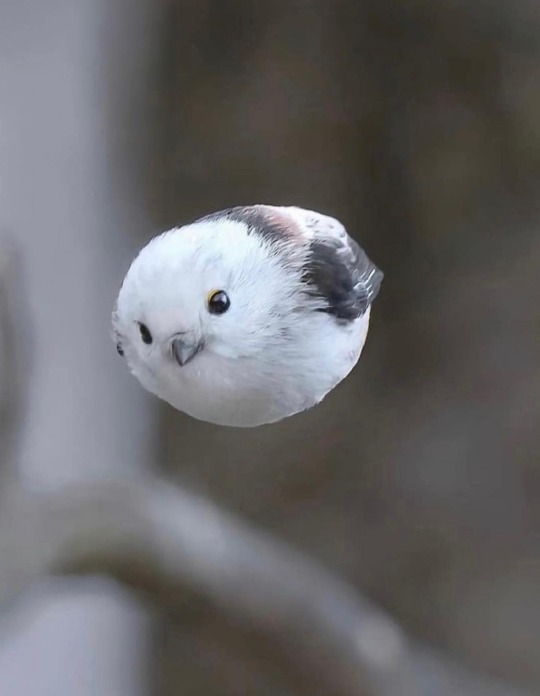
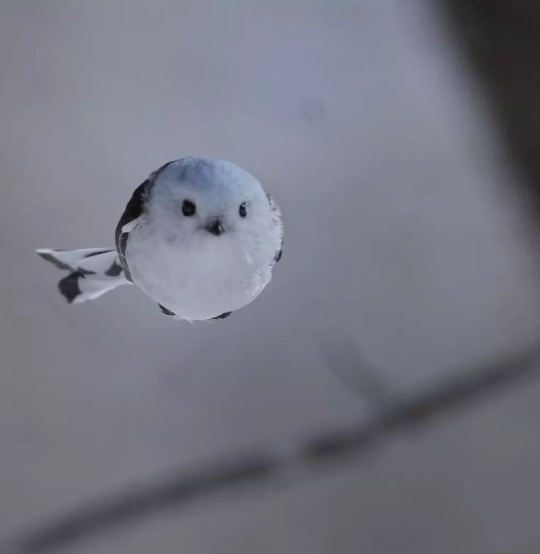
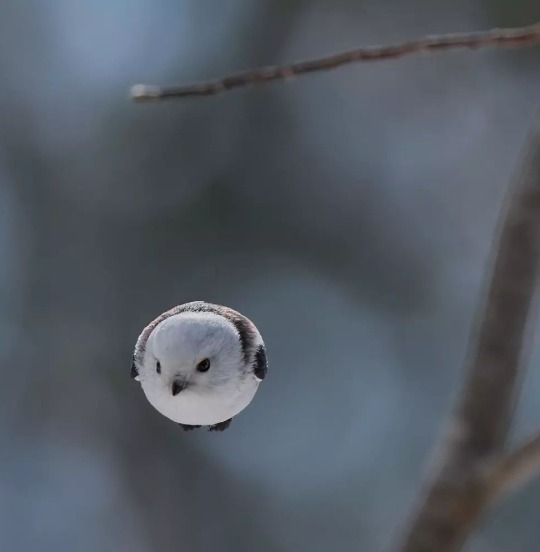
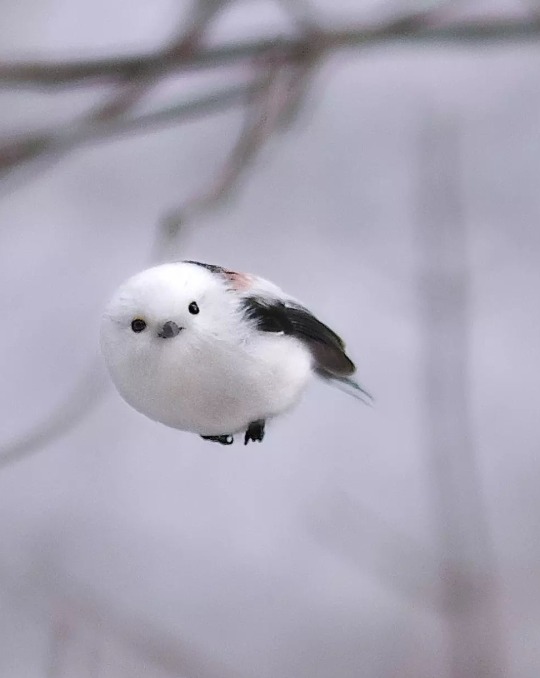
hajime7212
22K notes
·
View notes
Text
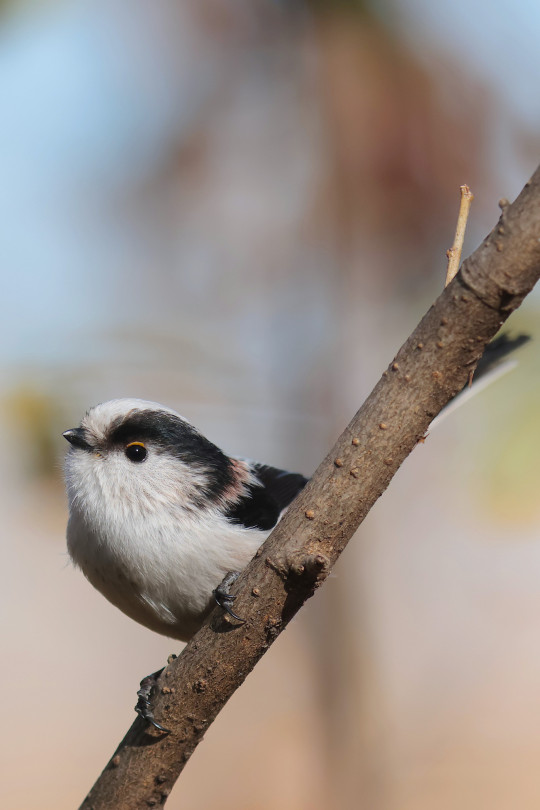
Aegithalos caudatus [エナガ,Long-tailed Tit]
おすまし顔😊
783 notes
·
View notes
Text

2024.04.10 春爛漫🌸
#野鳥#エナガ#桜#ソメイヨシノ#Long-tailed tit#aegithalos caudatus#sakura#cherry blossoms#bird#birds#wildbird#birdwatching#birdphotography
144 notes
·
View notes
Text

Juvenile Long-tailed Tit
A juvenile long-tailed tit, one of many hopping and flying around the tree branches in Southwick Wood.
#aegithalos caudatus#animal#animals#bird#birds#canon#canonuk#fauna#long-tailed tit#nature#nature reserve#northamptonshire#northants#outdoors#short and southwick woods#short wood and southwick wood#summer#wildlife#wildlife trust#wildlife trusts#woodland#woods
21 notes
·
View notes
Text
BOTD: Long-Tailed Tit

^Image credit: Francis C. Franklin
Long-Tailed Tit (Aegithalos caudatus)
Despite their name, Long-Tailed Tits aren't actually true Tit birds, rather belonging to a similar genus Aegithalos, the Bushtits. Their nest are elaborately constructed with spider's webs, lichen, feathers, and moss, with over 6000 pieces used for a typical nest. In cold weather, they tend to huddle together for warmth.
#long tailed tit#long-tailed tit#aegithalos caudatus#birdwatching#british birds#birds of the world#bird behaviour#bird nesting#birds#bird#bird facts#birds of the uk and ireland#bird of the day#ornithology
130 notes
·
View notes
Text
シマエナガちゃん
Shimaenaga-chan
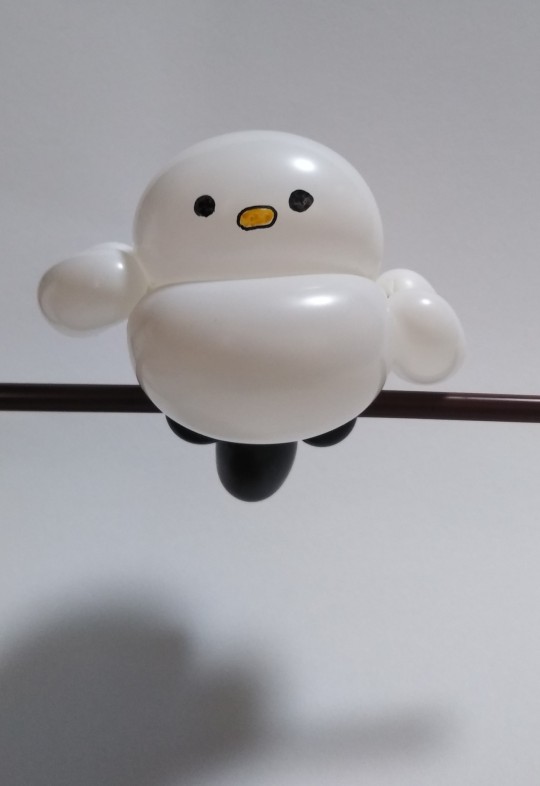
#バルーンアート#ちびころバルーン#シマエナガ#鳥#tbs#thetime#シマエナガちゃん#balloonart#chibicoroballoon#long-tailedTit#aegithalos caudatus japonicus#bird#shimaenaga-chan
10 notes
·
View notes
Photo
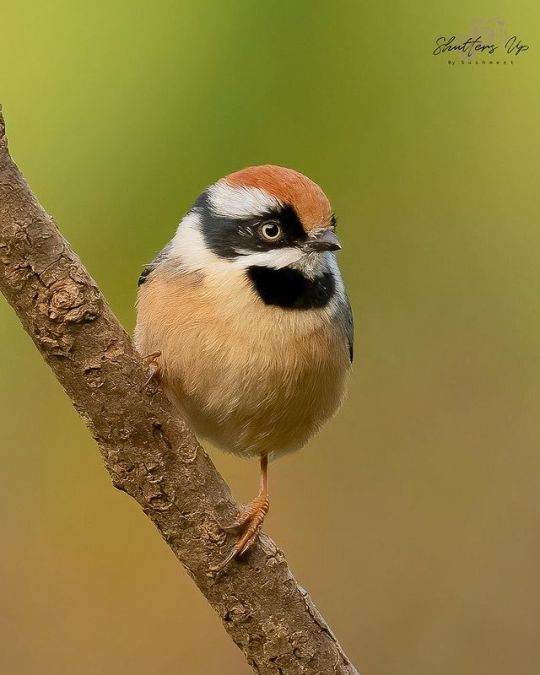
Black-throated Bushtit
36 notes
·
View notes
Text
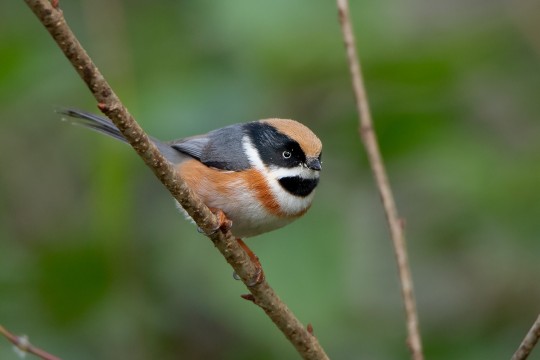
[1298/10977] Black-throated Bushtit - Aegithalos concinnus
Order: Passeriformes
Suborder: Passeri
Superfamily: Sylvioidea
Family: Aegithalidae (bushtits)
Photo credit: Ayuwat Jearwattanakanok via Macaulay Library
#birds#Black-throated Bushtit#Passeriformes#Passeri#Sylvioidea#Aegithalidae#Aegithalos#birds a to z#undescribed
138 notes
·
View notes
Text




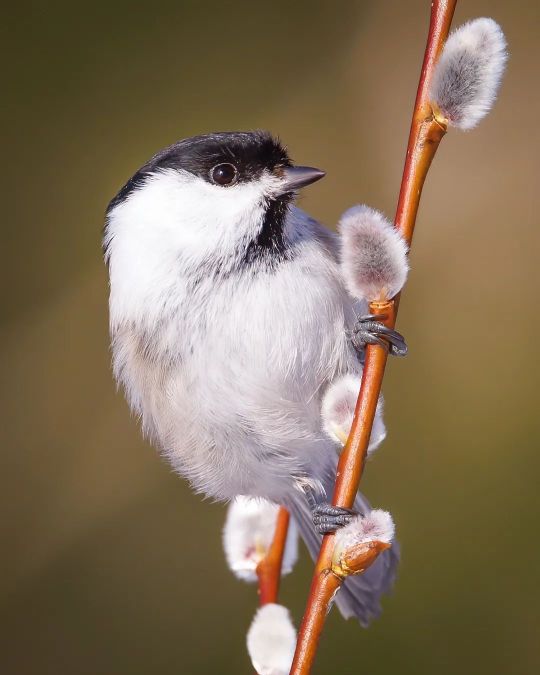
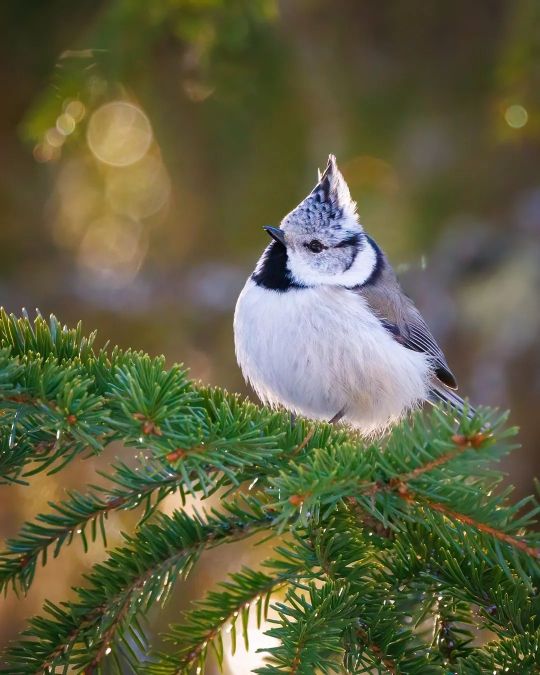
Birds of Spring
jukkarisikko
#cyanistes caeruleus#whooper swan#goldcrest#aegithalos caudatus#Poecile montanus#Lophophanes cristatus#birds#wildlife photography#cute animals#curators on tumblr
721 notes
·
View notes
Text

Aegithalos caudatus [エナガ,Long-tailed Tit]
懸垂するエナガちゃん👏
244 notes
·
View notes
Text
Long-tailed Tit (Aegithalos caudatus)

"puoffy...."
"Seeing as how US-centric these polls tend to get, I want to spread awareness of these adorable and social balls of fluff."
"round"
This bird was entered as it's nominal species name (Long-tailed Tit), as well as two of the subspecies (Shima Enaga and Korean Crow-tit/Baepsae)
The long-tailed tit was originally described with other chickadees and its, but has been split into its own family (Aegithalidae) with Pygmy and American Bushtit. There are 17 subspecies, which are broken into three separate groups: The caudatus group of nothern Europe and Asia; the europaeus group in southern and western Europe, north-east China, and Japan; and the alpinus group of Mediterranean Europe and south-west Asia.
These birds are incredibly social, forming small flocks of six to up to seventeen birds after the breeding season. Typically the parents and offspring of a season stick together, along with any other adults who helped to raise the brood. The primary thought behind the grouping up is that these small birds are very susceptible to cold and cuddling together through the night keeps them safe and warm.
During the breeding season, the birds split into monogamous pairs, with males remaining in the same territory that they'll overwinter while females typically wander to other territories. If the nest fails, the pair may try a second time, or help a neighboring nest. If they decide to help another nest, the pair will split and each will find a male relative (recognized by voice) to help. These nests with extra helpers often have greater success due to higher provisioning and better nest defense.
Sources:
Image Source: eBird ( Katarina Paunovic)
#in memoriam (joke)#Aegithalidae#Aegithalos caudatus#long-tailed tit#long-tailed bushtit#shima enaga#baepsae
22 notes
·
View notes
